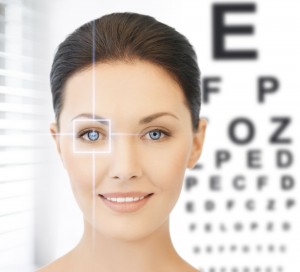Cataract
- Clouding of the crystalline lens due to age-related changes, trauma, or other medical conditions that result in a decrease in visual acuity.
- The most common cause of curable blindness in the world.
- Diagnosis is made by the detection of a decrease in visual acuity that cannot be corrected by glasses, and an eye examination that is otherwise normal apart from opacity in the crystalline lens.
- Treatment is with surgery involving an incision into the eye and removal of the opacified crystalline lens. In most cases the cataract is replaced by an artificial lens made of polymethyl methacrylate, acrylic, or silicone rubber.
- If an implant lens is not used, or there is remaining refractive error (e.g., astigmatism that is uncorrected by the implant lens), the patient may need to wear either a contact lens or spectacles to achieve good postoperative vision. Adjunctive procedures may be done at the time of surgery or afterwards to correct residual refractive error.
- Some patients over time will develop an opacification of the posterior capsule behind the implant lens after the cataract has been removed. This condition is treated with the neodymium-doped yttrium aluminium garnet (Nd:YAG) laser, which creates an opening in the opacified membrane to restore vision.










